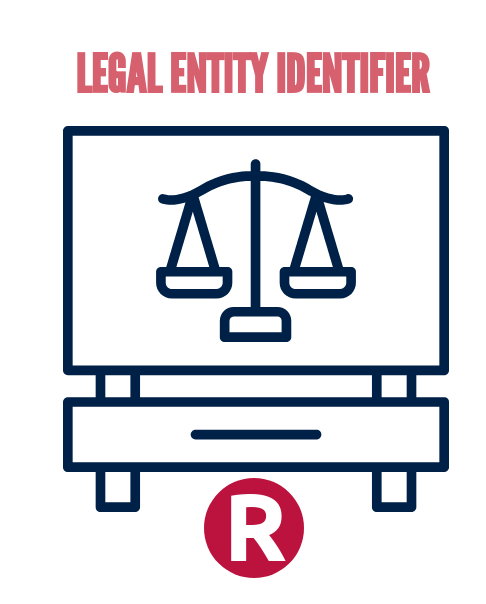In India, currently the businesses registered with the Ministry of Company Affairs get the Unique code called Corporate Identification Number (CIN). Though, the companies act provides for One Person Company and Partnerships to be registered with Ministry of Company Affairs, large quantum of businesses in Sole Proprietary and Partnerships prefer to stay out of the purview of the compliance associated with Ministry of Company Affairs. India recognized the need for having a unique code for every business and tried to cover every format of Business under the CIN.
On the same lines globally the need was felt to identify the businesses with the unique code after the crisis of 2008.Increasing instances of money laundering, terrorist financing and tax evasion revealed the lack of transparency in cross-border financial transactions. The Lehman Brothers’ crisis, in particular, highlighted the importance of identifying the ownership structures of legal entities engaged in such transactions to better understand the systemic risks arising out of these linkages.
Regtech Times, publishes the reports on Heightened Risk Entities use the linkages between various firms to train its machine learning algorithm.
Global Solution to address the linkages was termed as LEI. Financial Stability Board was mandated to come out with the solution.
What is LEI ?
LEI is the acronym for Legal Entity Identifier. This is a 20 Digit Unique Identifier issued by various authorities associated with the Global Legal Entity Identifier Foundation (GLEIF). This Global foundation designates Local Operating Units (LOUs) around the world, which provide registration and renewal facilities. This number is unique and it answers two important questions
- Who is Who
- Who owns whom
The information disclosed by the registrant is stored by the LOU in its database. It is publicly available and free of charge. It is reviewed, updated and validated by the LEI holder and the LOU through an annual renewal process.
LEI and Indian Banks
In India, RBI floated a subsidiary company under the Clearing Corporation of India to issue the LEIs. This company is called Legal Entity Identifier of India Limited. This is a significant development for the banking sector.
RBI in its November 2, 2017 Notification has specified introducing LEI in a phased manner for large corporate borrowers having fund and non-fund exposure of Rs 5 crore and above. Below table cites the deadlines for corporates to get LEI issued.
Schedule for implementation of LEI
| Total Exposure of Banks | LEI to be Obtained by |
| ₹ 1000 crore and above | Mar 31, 2018 |
| Between ₹ 500 crore and ₹ 1000 crore | Jun 30, 2018 |
| Between ₹ 100 crore and ₹ 500 crore | Mar 31, 2019 |
| Between ₹ 50 crore and ₹ 100 crore | Dec 31, 2019 |
How LEI will help Banks ?
Currently, the bankers are facing the challenge of monitoring two heightened risk entities the most.
- The borrowers with no Unique Identifications – Over a period of time as the registry grows big, Sole Proprietors and Partnership firms borrowing above the limits prescribed above would be obliged to provide the details required by the LEI in turn making it possible to trace the ultimate beneficiary.
- The borrowers whose clients/vendors are not located in India – Banks, credit rating agencies and other institutions can access this database to gather accurate and credible information on their clients. LEIs, in addition, can help process letters of credit quicker and help identify sellers and suppliers on e-invoicing networks worldwide.


